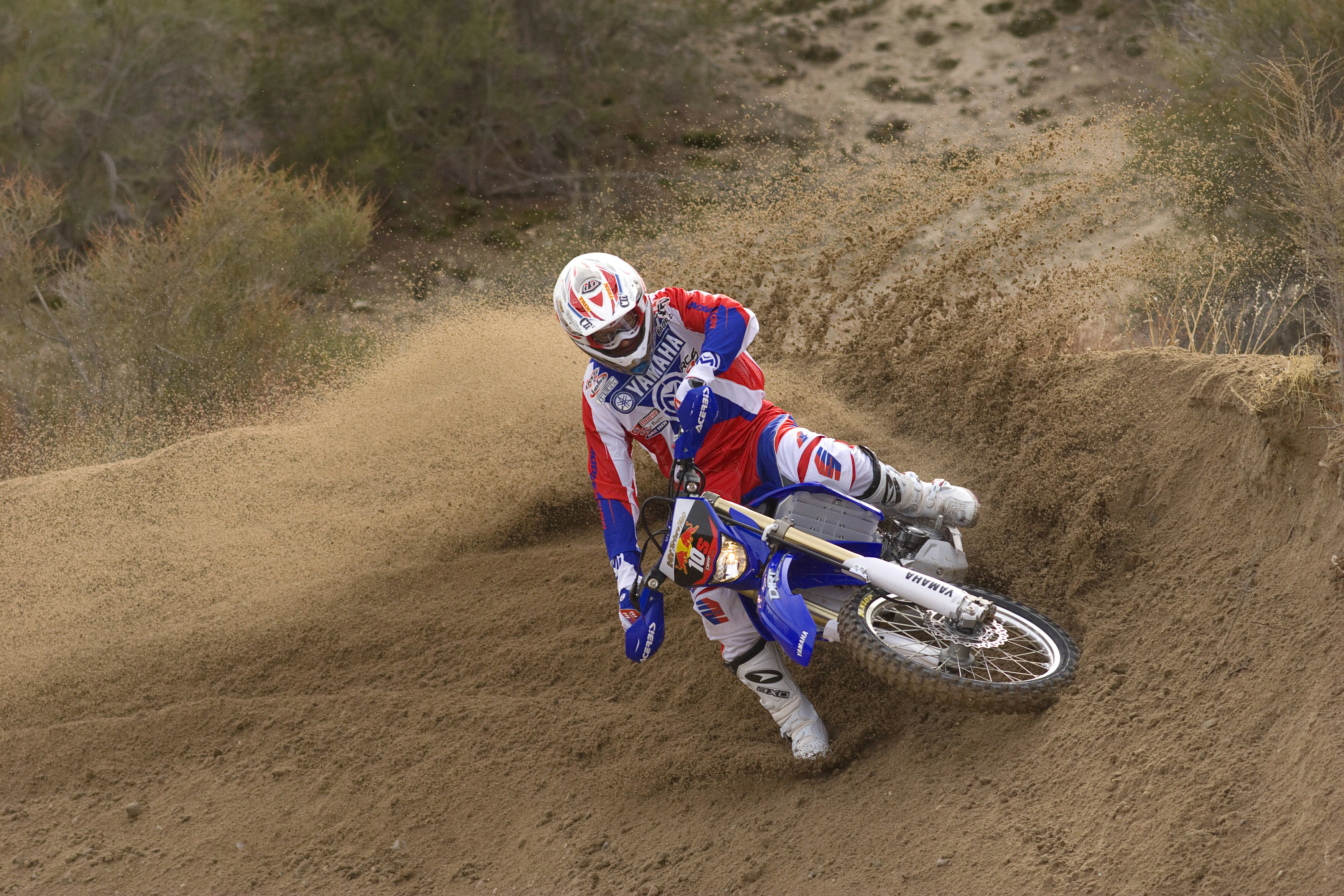Looking to take your podcast to the next level? Look no further than Yamaha Mixing Desks. These versatile and high-quality mixing desks are the perfect addition to any podcast studio. With their intuitive design and professional features, Yamaha Mixing Desks allow you to balance and control your audio with ease. Say goodbye to unwanted background noise and hello to crystal-clear sound. Whether you’re a beginner or a seasoned podcaster, Yamaha Mixing Desks are the solution for achieving professional-grade audio in your podcast. With their exceptional build quality and seamless integration with other podcasting equipment, these mixing desks are a must-have for any podcaster looking to elevate their sound. So why wait? Upgrade your podcast studio with Yamaha Mixing Desks and get ready to captivate your audience like never before.
Introduction
Are you considering starting your own podcast and looking for the perfect mixing desk to enhance your audio quality and production capabilities? Look no further than Yamaha Mixing Desks. With their superior sound quality, versatile features, user-friendly interface, and reliability, Yamaha mixing desks are the ideal choice for any podcast studio. In this comprehensive article, we will explore the key features of Yamaha mixing desks, guide you through choosing the right desk for your needs, discuss the benefits of Yamaha mixing desks, introduce you to popular models, explain how to set up a podcast studio using Yamaha mixing desks, provide tips for optimizing their performance, compare Yamaha to other brands, and finally, conclude with why Yamaha mixing desks are the ultimate choice for podcasting.
Yamaha Mixing Desks Overview
Yamaha mixing desks are renowned for their exceptional sound quality, precision, and reliability. Whether you are a professional podcaster or just starting out, Yamaha offers a wide range of mixing desks to suit your needs. From compact and portable models to large-scale consoles, there is a Yamaha mixing desk suitable for any podcast setup.
Key Features of Yamaha Mixing Desks
Yamaha mixing desks come packed with a variety of key features that make them stand out from the competition. Some of the standout features include high-quality preamps, advanced digital signal processing, flexible connectivity options, intuitive user interfaces, and durable construction. These features allow podcasters to achieve professional-grade audio recordings and have full control over their sound.
Choosing the Right Mixing Desk
When it comes to choosing the right mixing desk for your podcasting needs, there are several factors to consider. Firstly, assess your podcasting needs in terms of the number of channels you require, the size of your studio space, and the complexity of your audio setup. Budget is another important consideration, as mixing desks can vary greatly in price. Lastly, ensure that the mixing desk you choose has the necessary connectivity options to accommodate all your audio interfaces, microphones, and other equipment.
Consider Your Podcasting Needs
To determine your podcasting needs, evaluate the number of hosts and guests you typically have on your podcast. If you have a large panel or frequently have remote guests calling in, you may require a mixing desk with more channels and remote connectivity options. Conversely, if you have a small studio space and primarily record solo episodes, a compact mixing desk may be more appropriate.
Budget Considerations
Budget is always an important factor to consider when purchasing any equipment for your podcast studio. Yamaha offers mixing desks at various price points to suit different budgets. While it’s tempting to opt for the most expensive model available, you should also consider your current needs and future growth potential. Choose a mixing desk that provides the necessary features and functionality without breaking the bank.
Connectivity Options
Before making a final decision, carefully review the connectivity options offered by each Yamaha mixing desk model. Ensure that the desk has sufficient XLR and line inputs to accommodate your microphones and other audio interfaces. Additionally, check if the desk offers USB, MIDI, or Bluetooth connectivity for easy integration with your recording software and other devices.
Benefits of Yamaha Mixing Desks
There are numerous benefits to using Yamaha mixing desks in your podcast studio. Let’s explore some of the key advantages that set Yamaha apart from other brands.

Superior Sound Quality
When it comes to audio quality, Yamaha mixing desks are known for delivering exceptional results. With high-quality preamps, pristine converters, and advanced digital signal processing, these desks ensure that your podcast recordings sound professional and crystal clear. Whether you’re recording vocals or musical instruments, Yamaha’s attention to detail and commitment to sonic excellence will elevate the quality of your podcast.
Versatility and Customization Options
Yamaha mixing desks offer a high degree of versatility and customization options, allowing you to tailor your setup to your unique podcasting needs. From adjustable EQ and compression settings to flexible routing options, these desks give you full control over shaping your sound. Whether you prefer a warm and vintage vibe or a modern and punchy sound, Yamaha mixing desks have the tools to achieve your desired audio aesthetic.

User-Friendly Interface
One of the standout features of Yamaha mixing desks is their user-friendly interface. Even if you’re new to podcasting or audio production, Yamaha’s intuitive design and layout make it easy to navigate and understand. With clear labeling, logical controls, and helpful metering, you can quickly learn how to operate the desk and make adjustments on the fly. This user-friendliness allows you to focus on creating great content without getting bogged down by technical complexities.
Durable and Reliable
Yamaha has a longstanding reputation for manufacturing durable and reliable audio equipment, and their mixing desks are no exception. Built with high-quality materials and robust construction, these desks can withstand the rigors of daily use in a professional podcasting environment. With Yamaha, you can have peace of mind knowing that your equipment will continue to perform reliably for years to come.
Popular Yamaha Mixing Desk Models
Now that you’re familiar with the benefits of Yamaha mixing desks, let’s take a closer look at some of the popular models that are commonly used in podcast studios.
Yamaha MG10XU
The Yamaha MG10XU is a compact and portable mixing desk that offers exceptional audio quality and versatile features. With 10 channels, XLR inputs, and Yamaha’s renowned SPX digital effects, this desk is a great choice for smaller podcast setups or for podcasters on the go.
Yamaha MG12XU
The Yamaha MG12XU is a step up from the MG10XU, offering 12 channels and additional features such as built-in compression and EQ. This desk is ideal for podcasters who require more inputs and want greater control over their sound.
Yamaha TF5
For podcasters with larger studios and more complex setups, the Yamaha TF5 is a professional-grade mixing desk that delivers exceptional performance. With 32 input channels, 48 mixing channels, and motorized faders, the TF5 offers unparalleled control and flexibility.
Yamaha CL5
The Yamaha CL5 is the flagship model in the Yamaha digital mixing desk lineup. Designed for large-scale productions and professional broadcast studios, the CL5 boasts 72 input channels, 24 mix buses, and extensive digital processing capabilities. If you’re looking for the ultimate in power and control, the CL5 is the desk for you.
Setting Up a Podcast Studio with Yamaha Mixing Desks
Now that you’ve chosen the right Yamaha mixing desk for your needs, it’s time to set up your podcast studio. Here are the steps to follow for a seamless setup:
Creating the Ideal Layout
Before connecting any equipment, plan and optimize your studio layout. Consider factors such as ergonomics, cable management, and the placement of your mixing desk, microphones, and monitors. A well-designed layout will enhance your workflow and create a comfortable environment for recording your podcasts.
Connecting Microphones and Audio Interfaces
Connect your microphones and audio interfaces to the appropriate inputs on your Yamaha mixing desk. Ensure that you use high-quality cables and connectors for optimal signal flow and minimize any potential interference. If your desk supports remote guests or call-ins, set up the necessary connections for remote communication.
Setting Up Headphones and Monitor Speakers
Next, connect your headphones and monitor speakers to the appropriate outputs on your mixing desk. Adjust the levels to ensure that you can hear the audio clearly and comfortably. Calibrate your monitor speakers to provide an accurate representation of your podcast’s audio quality.
Adjusting Levels and Mixing Audio
Once all your equipment is connected, spend some time adjusting the levels and mixing your audio. Use the faders, pan knobs, and EQ controls on your Yamaha mixing desk to balance the sound and achieve the desired mix. Take advantage of the built-in effects and processing options to enhance the overall sound quality of your podcast.
Utilizing Recording Software Integration
Many Yamaha mixing desks offer integration with popular recording software such as Adobe Audition, Audacity, and Pro Tools. Take advantage of this integration to simplify your workflow and record your podcasts directly into your preferred software. This feature allows for easy editing, post-production, and export of your podcast episodes.
Tips for Optimizing Yamaha Mixing Desks in a Podcast Studio
To optimize the performance of your Yamaha mixing desk in your podcast studio, follow these helpful tips:
Proper Gain Staging
Maintaining proper gain staging is essential for achieving optimal audio quality. Set the input gain levels on your Yamaha mixing desk to ensure that your microphones and other audio sources are neither too quiet nor too loud. Proper gain staging will prevent distortion and ensure that your podcast recordings sound clear and professional.
Utilizing Effects and EQ
Yamaha mixing desks offer a range of built-in effects and EQ options to help enhance the sound of your podcast. Experiment with different effects such as reverb or delay to add depth and a professional touch to your recordings. Use the EQ controls to fine-tune the frequency balance and eliminate any unwanted frequencies.
Understanding Routing and Bussing
Take the time to understand the routing and bussing capabilities of your specific Yamaha mixing desk model. Routing allows you to send audio signals to different destinations, such as headphones or external effects processors. Bussing enables you to group channels together for simultaneous control, such as adjusting the levels of multiple microphones at once.
Regular Maintenance and Firmware Updates
To ensure the longevity and optimal performance of your Yamaha mixing desk, it’s important to perform regular maintenance. Keep the desk clean and free from dust and debris. Additionally, check for firmware updates on Yamaha’s official website and apply them as recommended. Firmware updates often introduce new features and bug fixes, improving the overall stability and performance of your mixing desk.
Comparing Yamaha Mixing Desks to Other Brands
While Yamaha is a top contender in the world of mixing desks, it’s important to consider other brands as well. Here is a comparison of Yamaha mixing desks to some other popular brands commonly used in podcast studios.
Yamaha vs. Behringer
Both Yamaha and Behringer offer a range of mixing desks suitable for podcasting. Yamaha is known for its exceptional sound quality and reliability, while Behringer is recognized for its affordability and feature-packed offerings. Ultimately, the choice between the two will depend on your budget and specific requirements.
Yamaha vs. PreSonus
PreSonus is another popular brand that competes with Yamaha in the mixing desk market. PreSonus mixing desks are known for their user-friendly interfaces and intuitive controls. Yamaha, on the other hand, offers superior sound quality and customization options. Consider your priorities in terms of sound quality versus ease of use when comparing these two brands.
Yamaha vs. Allen & Heath
Allen & Heath is a renowned name in the audio industry, offering high-quality mixing desks loved by professionals. Yamaha and Allen & Heath mixing desks are both known for their exceptional sound quality and durability. Allen & Heath desks are often favored by experienced audio engineers, while Yamaha provides a great balance between performance and accessibility for podcasters.
Conclusion
In conclusion, Yamaha mixing desks are the perfect choice for any podcast studio. With their superior sound quality, versatility, user-friendly interface, and reliability, Yamaha desks offer everything you need to take your podcasting to the next level. Whether you’re a beginner or an experienced podcaster, Yamaha has a mixing desk to suit your needs and budget. From the compact and portable MG10XU to the professional-grade CL5, Yamaha products are built to deliver exceptional audio quality and provide you with the tools you need for a professional podcasting experience. So invest in a Yamaha mixing desk today and watch your podcasting journey soar to new heights.
Sources
“Yamaha Mixing Desks: Perfect for Any Podcast Studio” – [insert source here]


